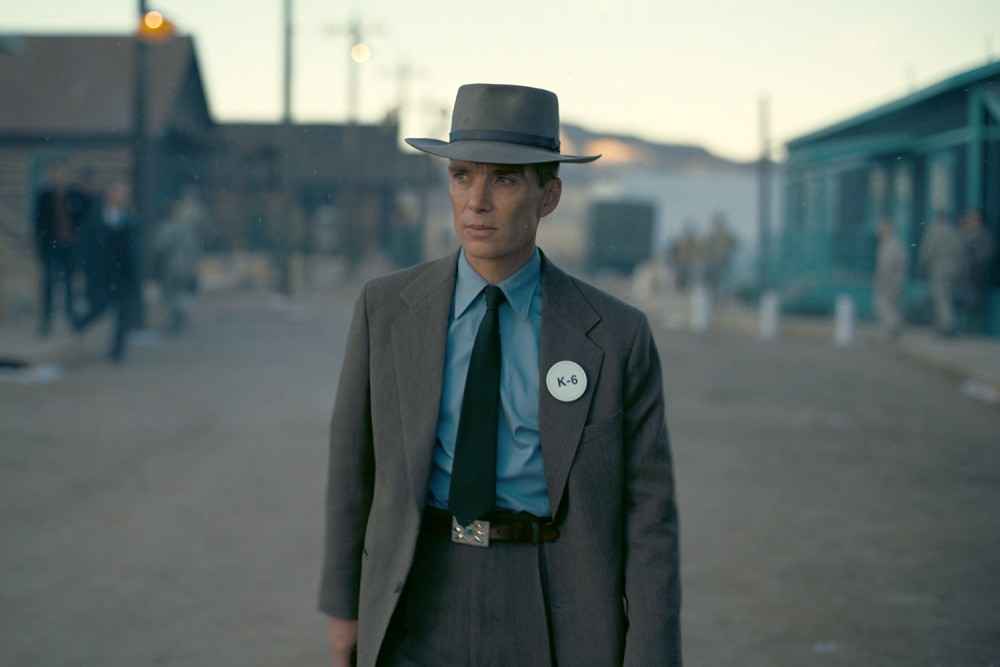Reckoning with self-destruction
We all live in Oppenheimer’s world now, and it is one that constantly invents the Ethan Hunts and Indiana Joneses of our fantasies.

Cillian Murphy as J. Robert Oppenheimer (Universal Pictures)
This has been quite the movie season to meditate on the ways our intellectual and technological hubris might destroy us. In the seventh and penultimate installment of the Mission: Impossible franchise—Mission: Impossible - Dead Reckoning Part One (directed by Christopher McQuarrie)—Ethan Hunt (Tom Cruise) is on a rogue mission to stop sentient artificial intelligence from destroying the world. In Indiana Jones and the Dial of Destiny (directed by James Mangold) Nazis are seeking a nearly 3,000-year-old dial, created by Archimedes, that may allow time travel. With it, the outcome of history as we know it could be reversed, along with the progress of democracy (though I am not sure we need time travel for that, unfortunately).
Despite the high-tech gadgets and high-octane physical stunts on display in both movies, they each offer an old-fashioned fantasy about the power of the human body and will to overcome disembodied technology. Even as the superintelligence eludes every world government and manipulates some of the world’s most deadly superspies to work on its behalf, it is Tom Cruise’s leaping, running, climbing body that will stop it. Indiana Jones (Harrison Ford) must lace up his boots, grab his whip, and hurtle his own aging body through both space and time.
In each case human ingenuity has pushed the frontiers of thought to their absolute limits, and in each case our very species, our planet, and our deepest ideals might be destroyed as a result. Which might be why I couldn’t stop thinking about Ethan Hunt and Indiana Jones when I finally settled down to watch Oppenheimer, Christopher Nolan’s three-hour epic biopic of J. Robert Oppenheimer, the man who ushered the world into the atomic age.




